Fish Handling and Gear
There are lots of things you can do to give the fish you release a fighting chance! Releasing a fish safely with minimal harm is key to helping it survive. Adopt just a few simple habits using proper handling techniques to help increase the survival rate of fish you release.
Handling Fish Properly

- Handle fish as little as possible and only with wet hands. This reduces the removal of fish slime, which protects the fish from infection and aids in swimming.
- Match tackle to the targeted fish to land it quickly and minimize stress on the fish. Large species such as sharks, billfish and tarpon should be brought alongside the boat within 20 minutes of being hooked. If you are consistently landing exhausted fish that require extensive efforts to resuscitate, consider using heavier tackle.
- A knotless, rubber-coated landing net is ideal when handling a fish since it supports the fish’s body weight.
- Remember, fish swim horizontally! Never hold a fish by its jaw, gills or eyes.
- Large fish, such as tarpon, should not be boated or dragged over the gunwale of the boat because this could injure the internal organs of the fish.
- When holding a fish that has teeth, use a gripping tool to support the front of the fish, and use the other hand under the belly to evenly support the fish’s weight.
- Never hold on to or tow a fish not allowed to be harvested to a different location to weigh or measure it.
- Carefully remove the hook if possible. If the fish is gut-hooked or especially large or agitated, cut the line as close to the hook as you can while the fish is still in the water.
- Reduce handling by using a dehooking tool. Dehooking tools allow anglers to quickly release their catch while minimizing injuries and handling time.
- Always release your fish head first into the water. This allows water to be forced through the mouth and over the gills, essentially giving it a “breath of fresh air.”
Handling Fish Caught From a Pier
- Always be ready with a dehooking tool and line cutters.
- Only bring fish on to the pier or bridge if you intend to harvest them.
- Only target fish from a bridges or piers if you have specialized gear (pier nets or slings) to support their entire body; large fish can be injured if they are dropped from the pier or not supported properly.
- If you cannot properly lift the fish, cut the line as close to the fish as possible before releasing it (which may mean walking the fish to shore if fishing from a pier).
- Learn more about handling large species such as sharks and goliath.
- Learn more about Pier Fishing by visiting the Saltwater Fishing Tips page.
Know Before You Go
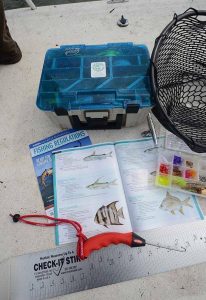
Decide beforehand which fish are to be kept and immediately release all others.
Do not engage in a prolonged debate over whether or not to release a fish after it has been landed.
Make sure you can identify the fish in your area, specifically the fish you are targeting. Have a resource to help you identify fish you are not familiar with, such as the Fishing Lines guide or a saltwater fish field guide.
Always be aware of current regulations and know how to measure the fish you target. This minimizes handling time when determining whether or not you can keep the fish you caught.
Use tackle heavy enough to bring the fish in quickly and avoid using multi-hook rigs or lures.
If you have a treble hook, you can remove some of the hooks and flatten the barbs. This makes it easier to remove the hooks from the fish and causes less damage.
Make sure you have all the proper tools and gear on your vessel before heading out for the day.
Share this content:
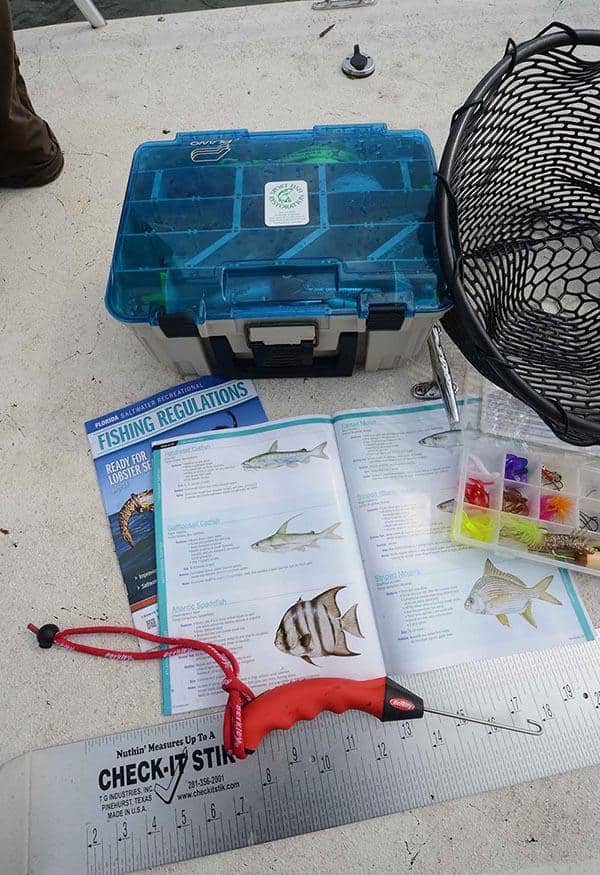

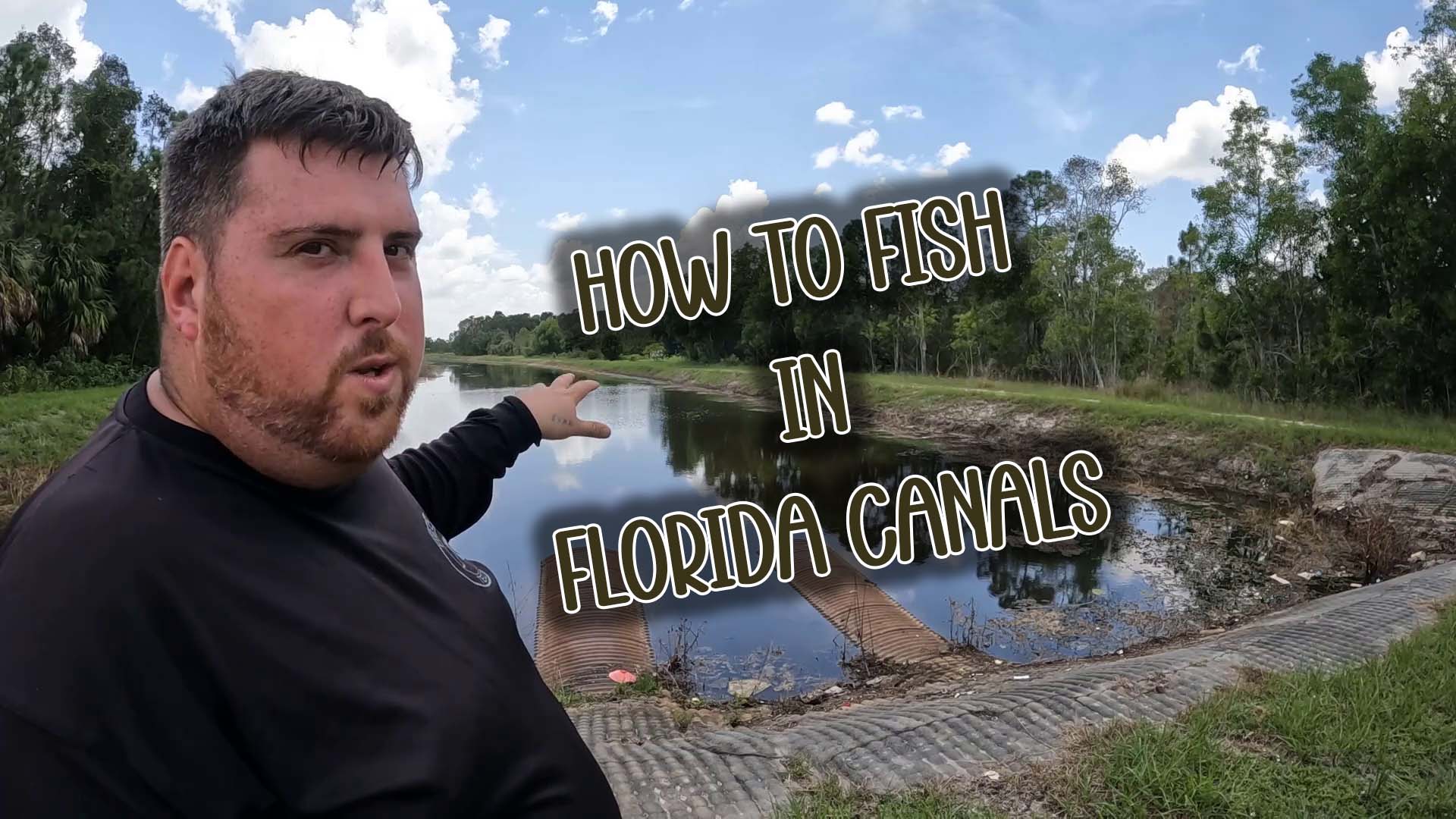

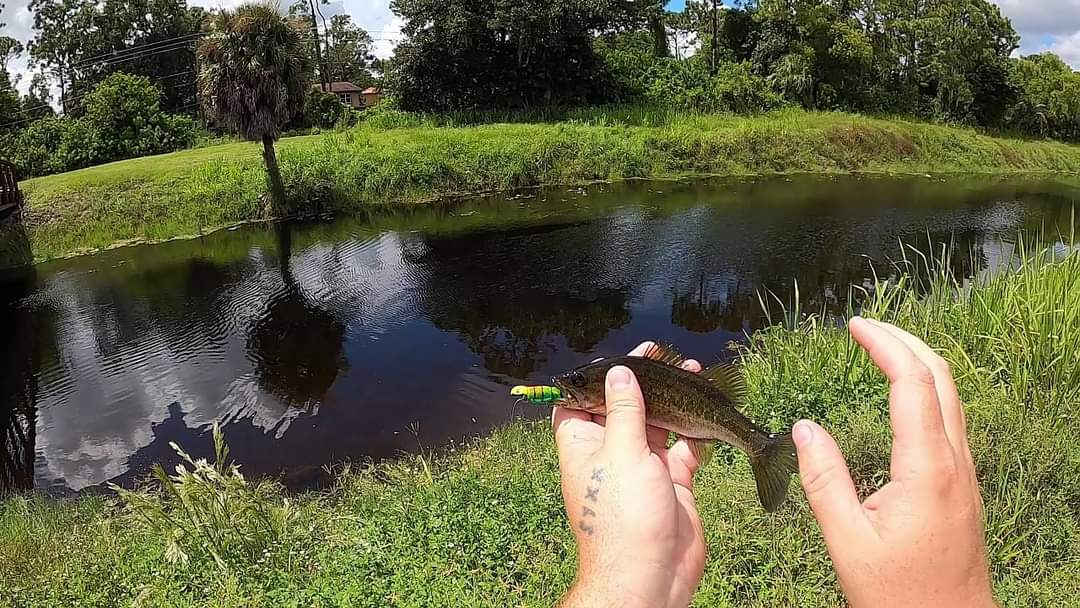
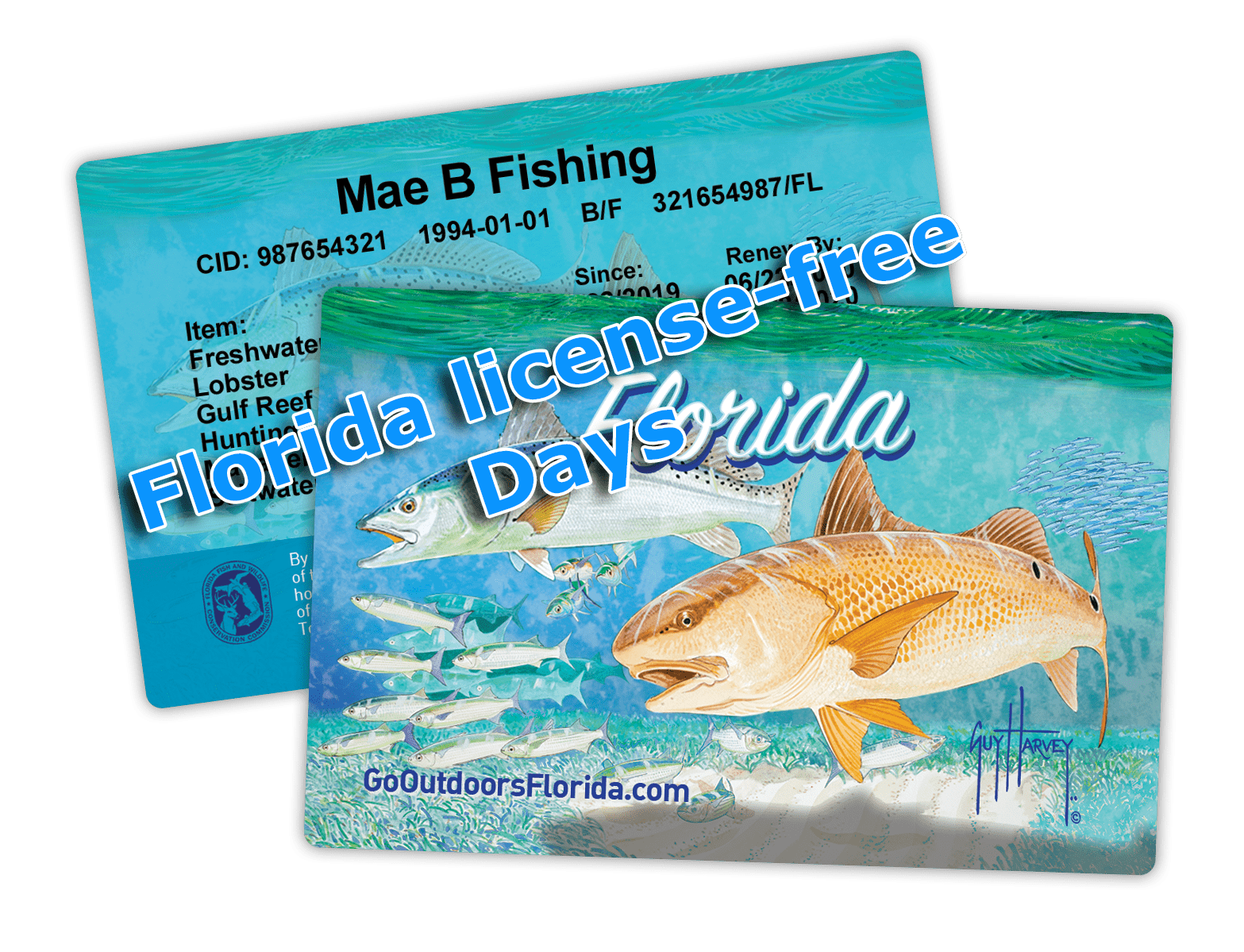
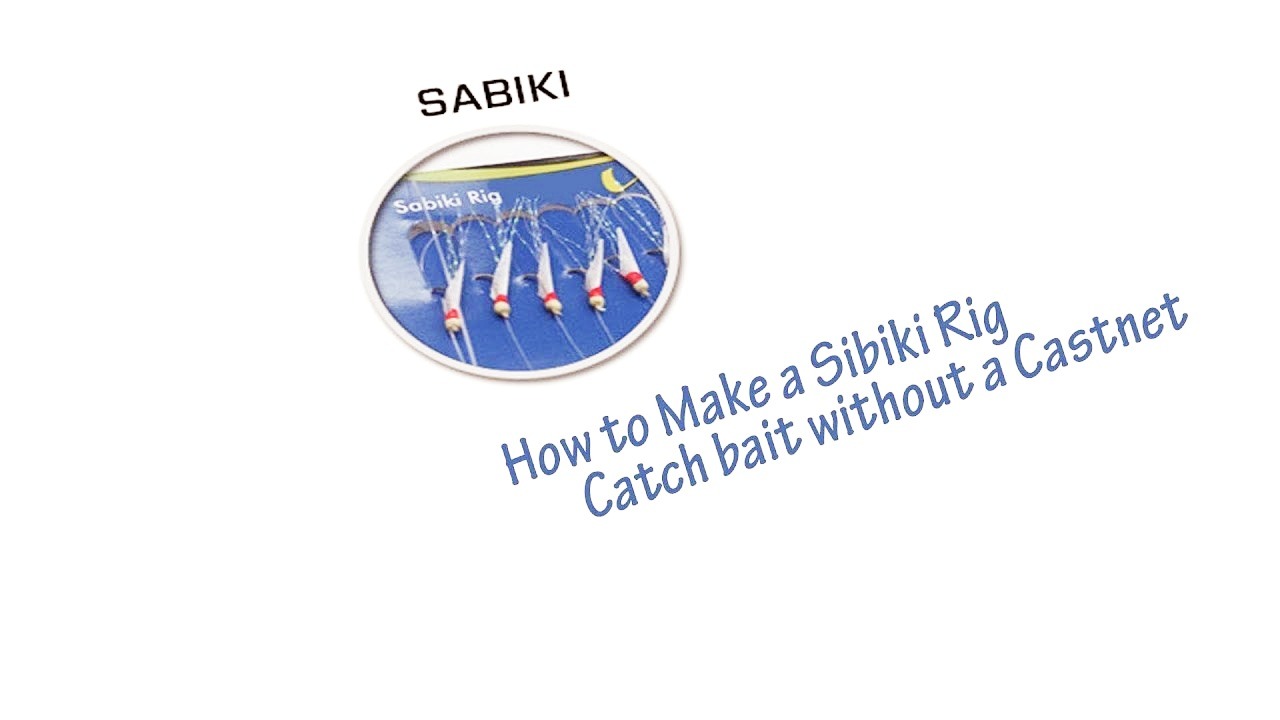
Post Comment
You must be logged in to post a comment.